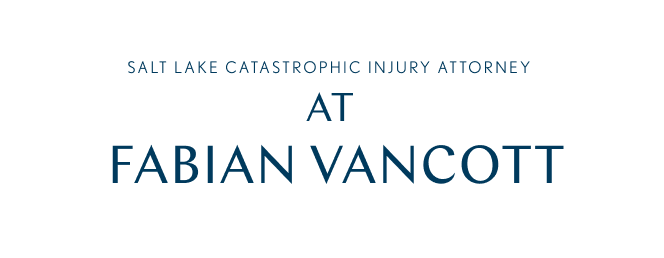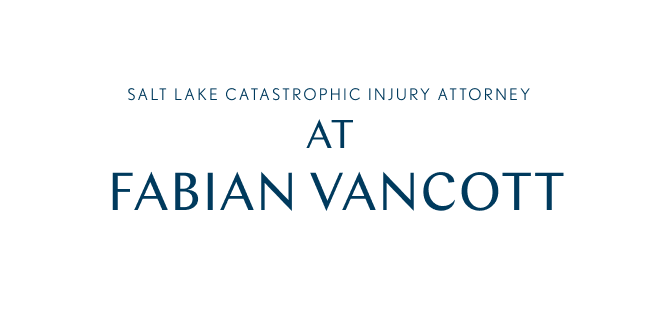The jury answered “No” on the first question on the verdict form, “Do you find from clear and convincing evidence that defendant Dr. Michael Tremea was at fault?” The jury also answered “No” to the question of whether Dr. Tremea’s fault caused the injury and death of Kycie Terry. No further questions on allocation or damages were (or needed to be) answered.
The claim against Intermountain LifeFlight settled out before trial, and that was the stronger liability claim. (Inadvertently leaving emergency medications on the helicopter which were needed during the ambulance transport to Primary Children’s Hospital.) Nevertheless, this was a still a dangerous claim for the remaining defendant. No one disputed that the injury and death of this child was a tragedy, and it is hard to imagine a more emotionally-compelling case. I am told that the photographs and videos shown of Kycie’s short life after the diabetic seizures and brain damage were heartrending.
Even a small percentage of fault on Dr. Tremea could have resulted in a significant award. The medicine on the proper emergency management of pediatric diabetic ketoacidosis was complex, with strong experts on both sides. Nevertheless, the defendant, his counsel, and his insurance carrier stood their ground and offered nothing towards settlement. And the jury apparently agreed.
Word is that this was a very well-tried case by counsel for both sides.
Final Thoughts
A hotly-debated issue was the “clear and convincing” standard imposed by Utah Code Sec. 58-13-2.5 on claims against emergency care providers, like Dr. Tremea in this case. Judge Kelly gave the defense’s requested instruction on “clear and convincing,” overruling plaintiffs’ objections based on constitutionality and other issues. See Post-Evidence Instructions, #30. If there is an appeal, this statute and instruction are likely to be part of it.
Also, this was the first civil jury trial since Covid-19 shut things down a year ago March. Jury selection was done via Webex but, once selected, the jury was in person. The court went to “yellow” phase the week before trial began, so no masks were required.


